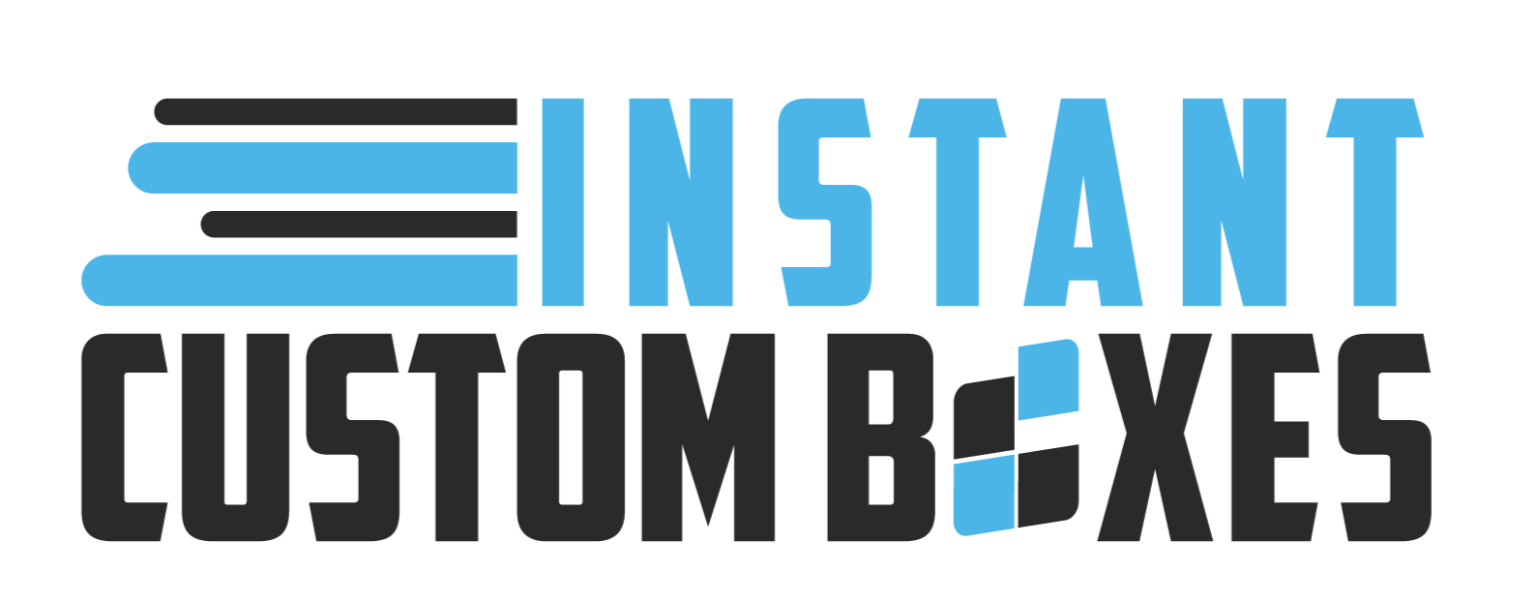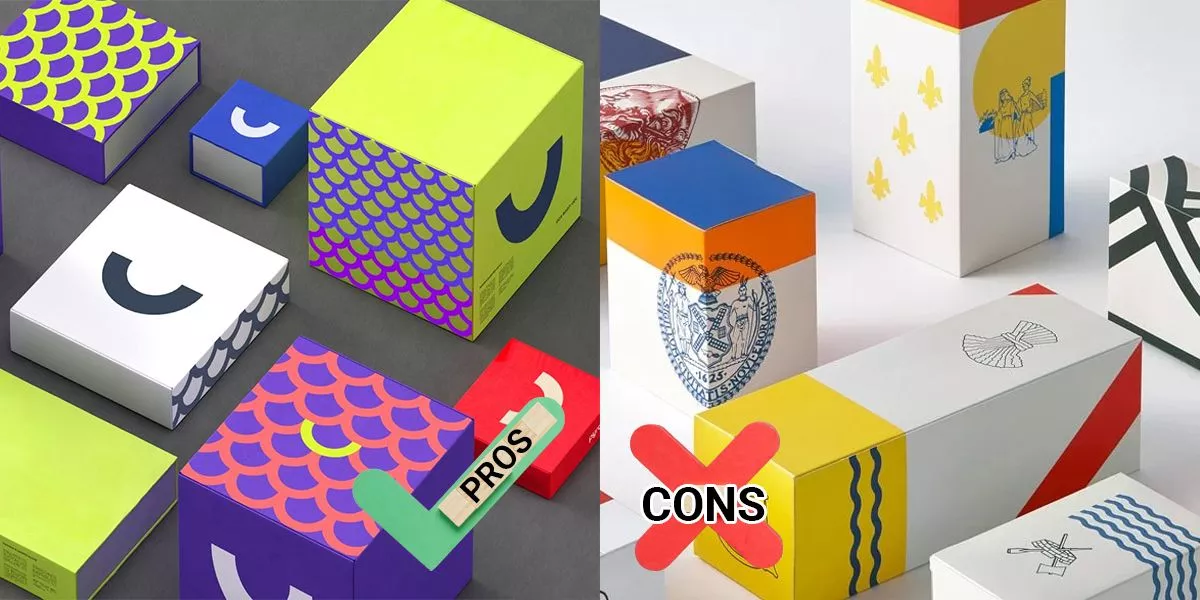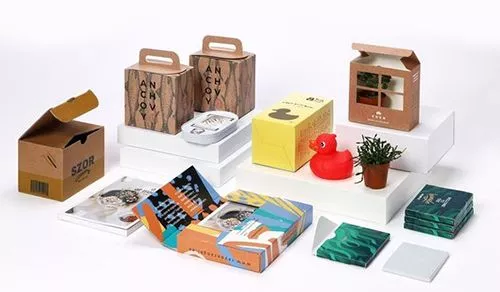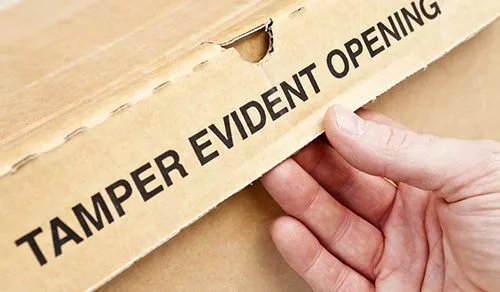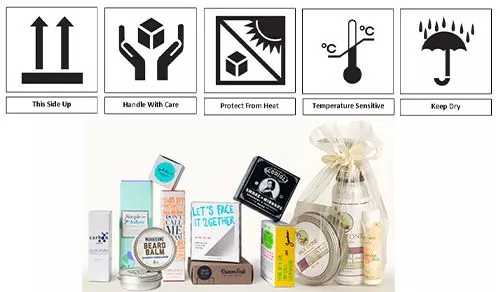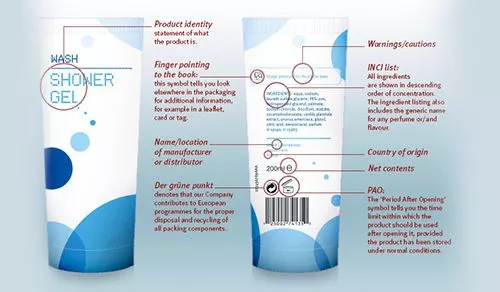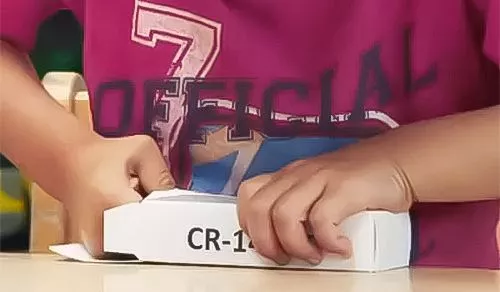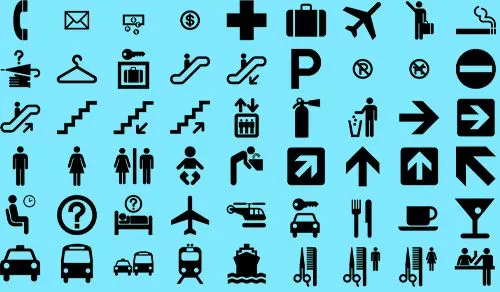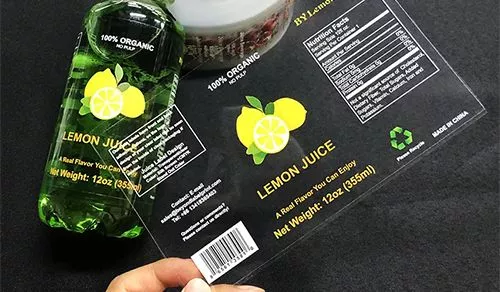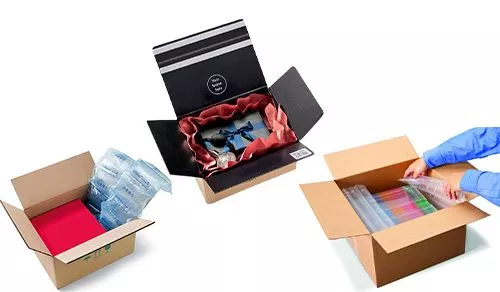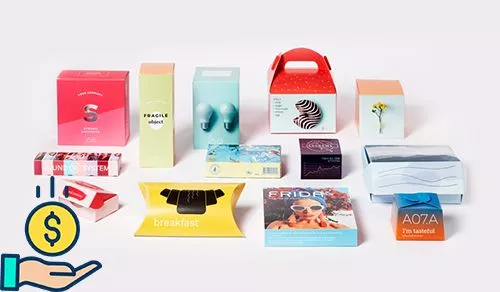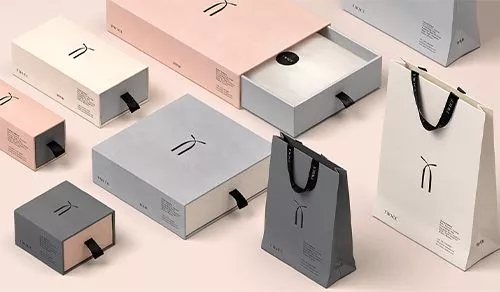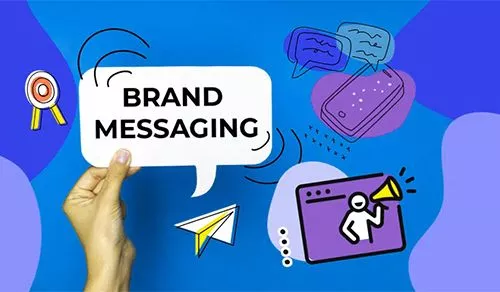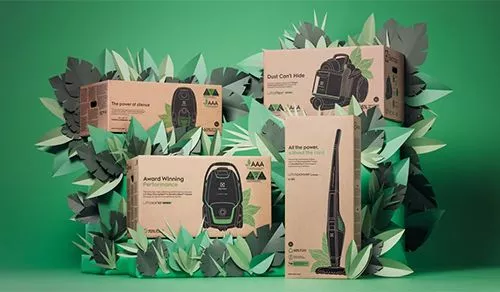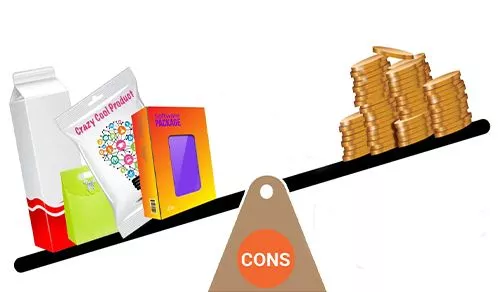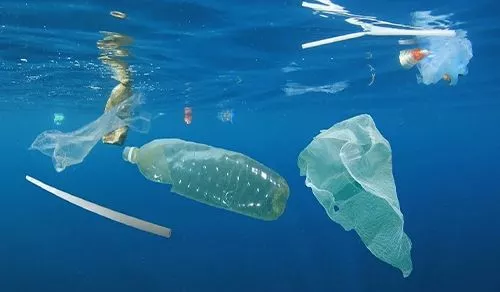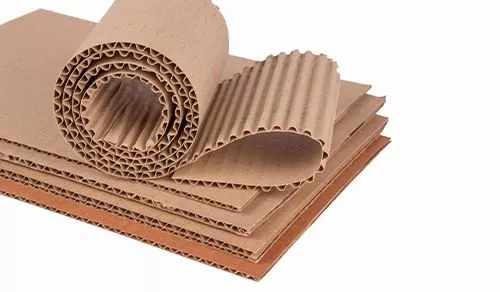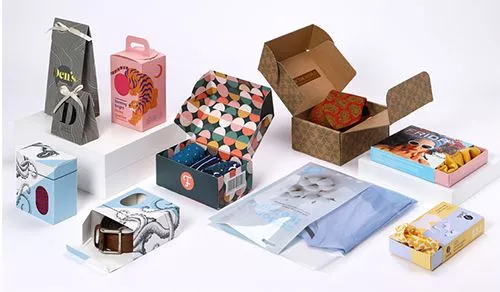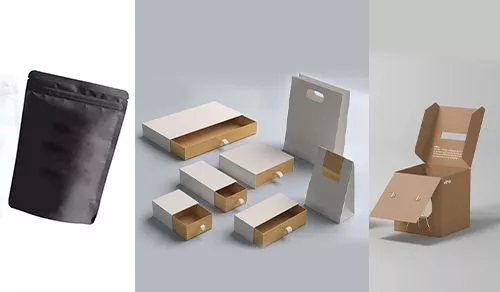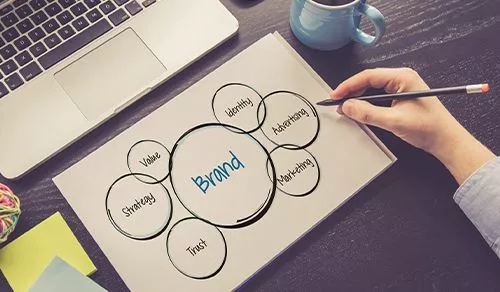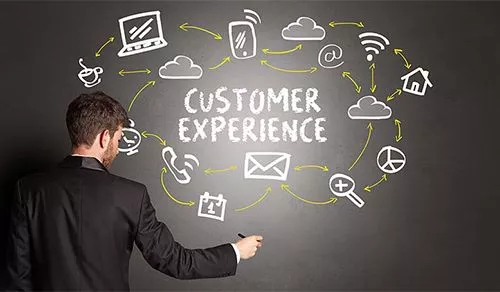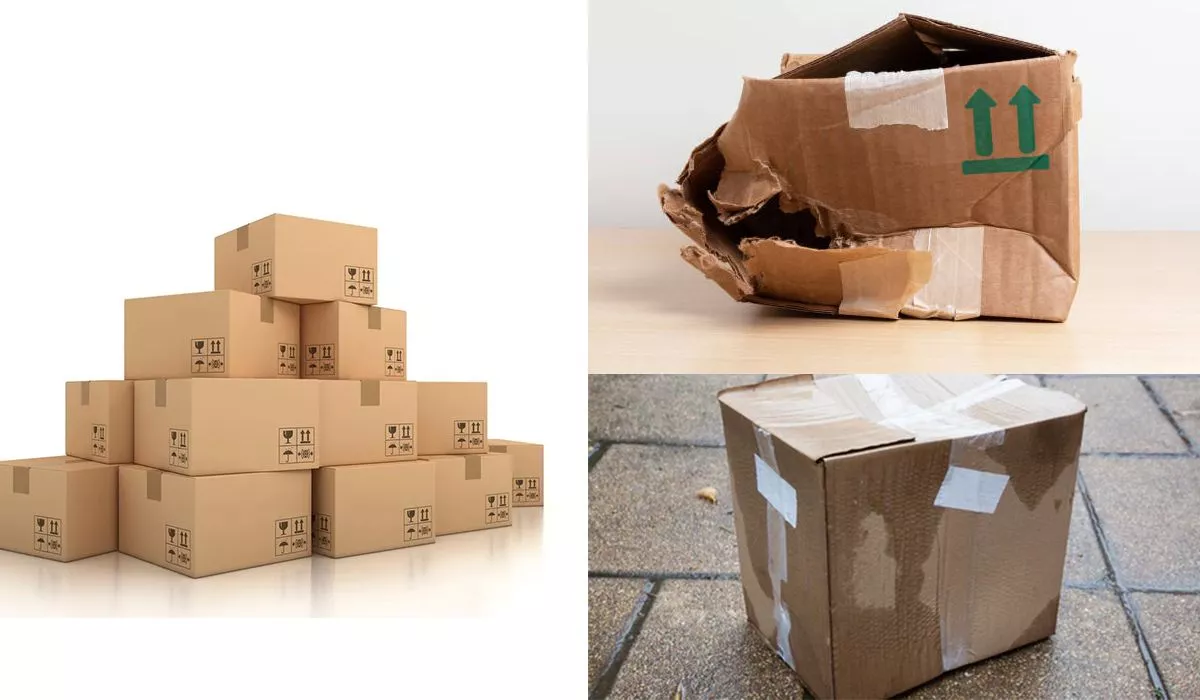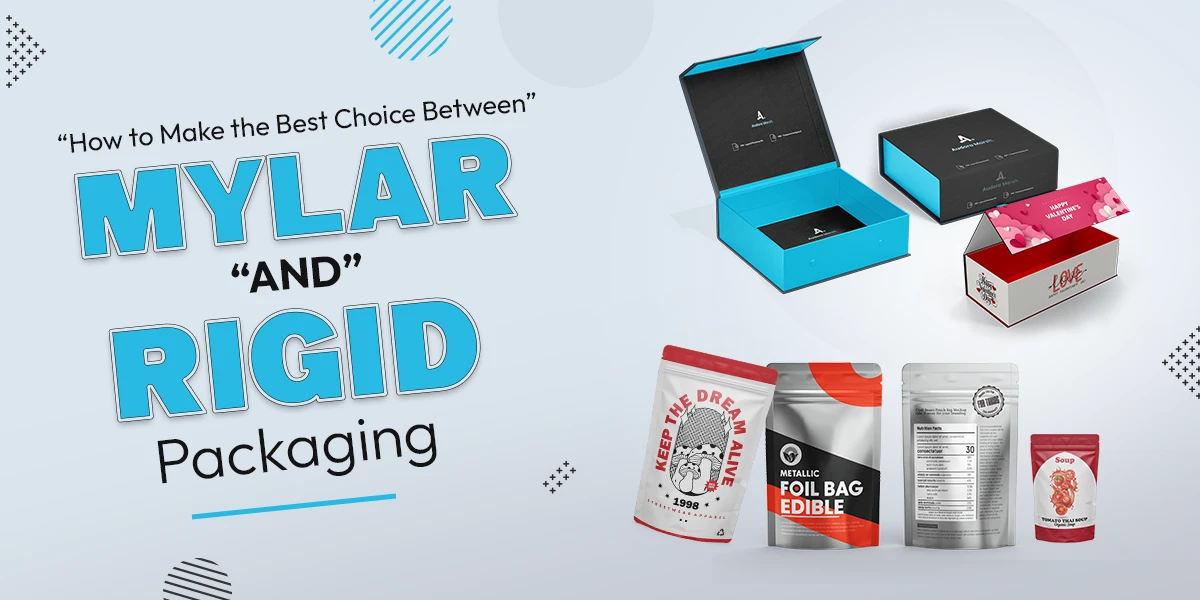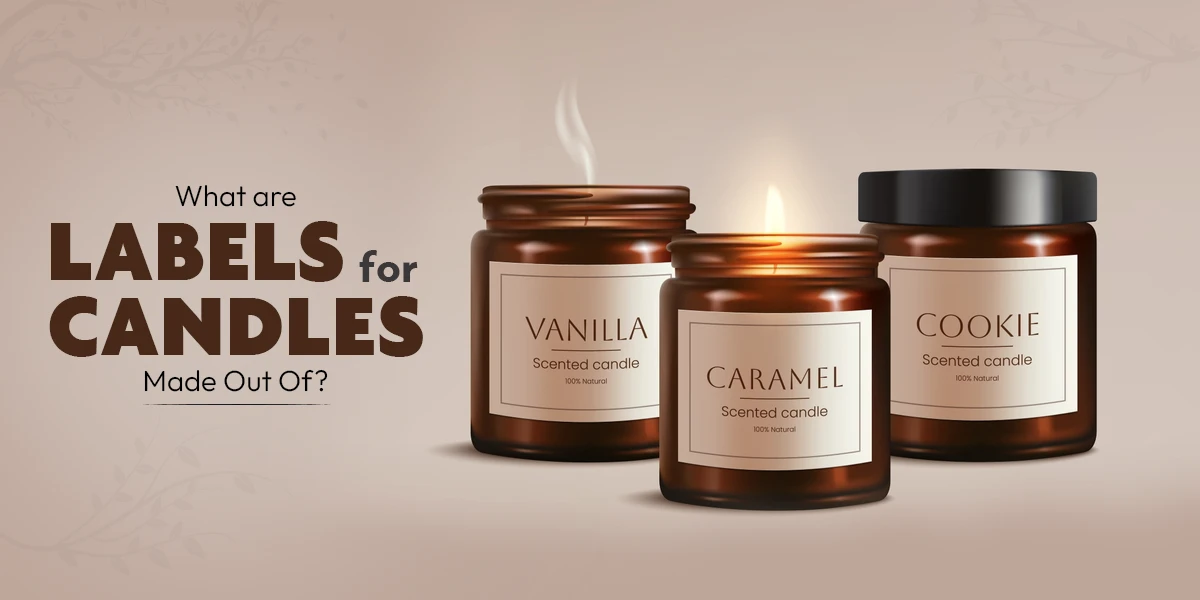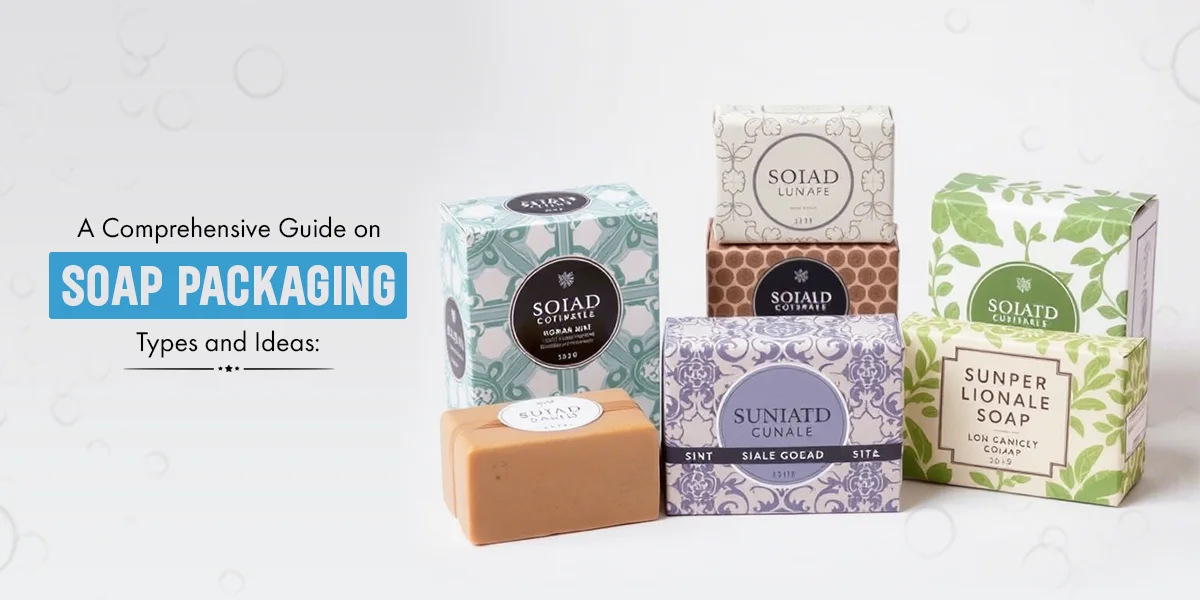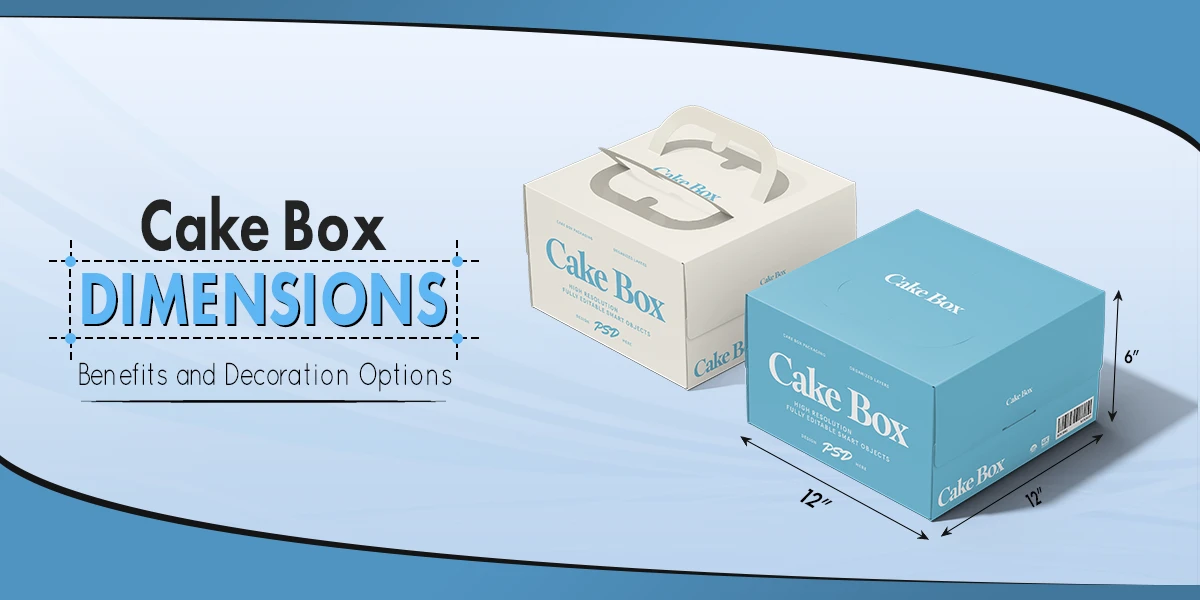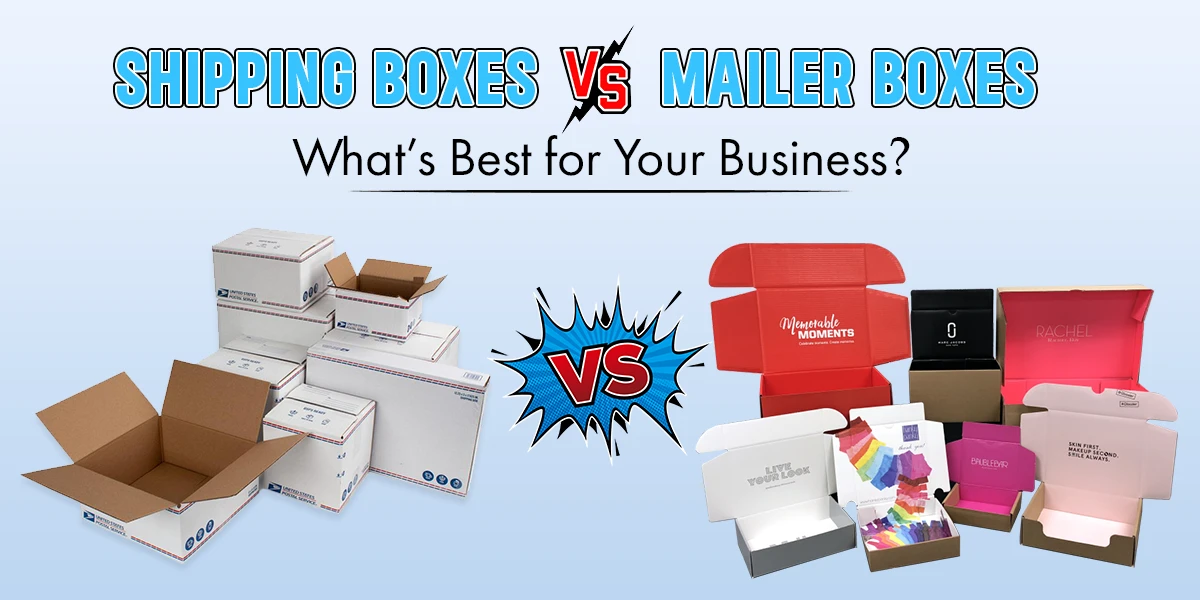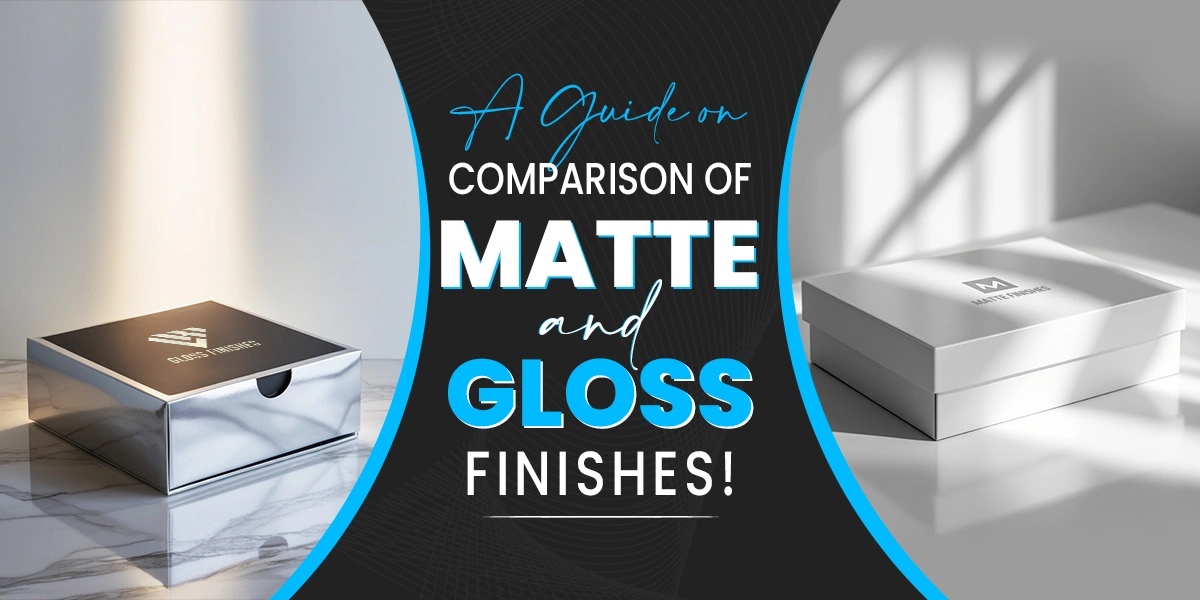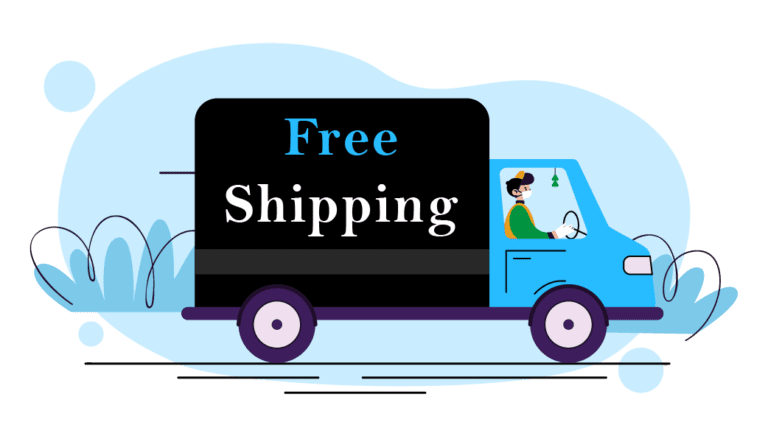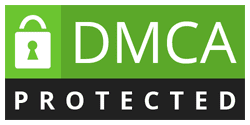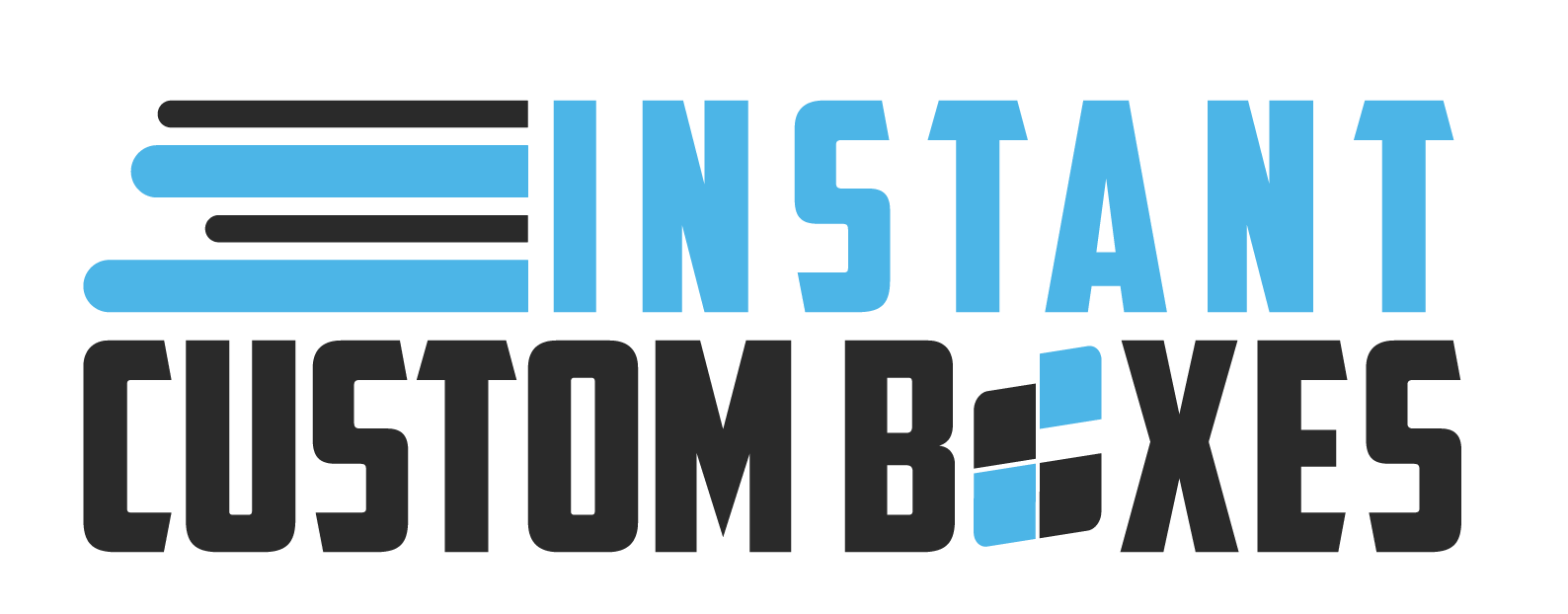Custom packaging is designed for a specific product. It contains a brand name and other unique features. When you sell a product, you need packaging to get it safely to the end customer. Custom packaging is paramount to the success of your business. The reason is that it determines whether customers will buy your product or not. To help you in this regard, below are all the pros and cons of custom packaging you should know! Additionally, you will find an endless list of packaging solutions, each serving a different purpose.
The Pros of Using Custom Packaging
1- Versatility
Custom packaging is a versatile solution and ideal for any product. You can use the box for clothing, perfumes, cosmetics, food, and many other products. You can also customize the packaging to meet all your packaging needs. Thus, this is the ideal way to give your product a perfect and luxurious presentation. By doing this, you will entice your customers to purchase your product.
Here are a few examples of how custom packaging can be versatile:
- Size and Shape: Custom packaging can be designed to fit products of any size and shape, from small items like jewelry to larger items like furniture. This versatility ensures that the packaging provides a secure fit for the product, which can reduce the risk of damage during shipping and handling.
- Materials: Custom packaging can be made from a wide range of materials, including cardboard, plastic, and metal. This versatility allows businesses to choose the material that best suits their product, budget, and environmental concerns.
- Printing Options: Custom packaging can be printed with a range of designs, colors, and images. This allows businesses to create packaging that showcases their brand and message, while also creating an attractive and eye-catching design that will stand out on store shelves and in online marketplaces.
- Additional Features: Custom packaging can also include additional features, such as handles, windows, and compartments. These features can improve the functionality of the packaging and make it more convenient for customers to use and store.
The versatility of custom packaging allows businesses to create packaging that meets their specific needs and requirements, while also providing a range of benefits, such as improved product protection, branding, and functionality.
2- Product Safety
Product safety is a fundamental concern of all brands in all industries. No matter how beautiful the packaging is, it will only be useful if it protects the product. Depending on your product’s fragility, you can choose a suitable material. Yes, you can choose the best one to get maximum protection. Corrugated cardboard is a very durable material for custom boxes. This material can withstand pressure without damaging the product. This is why this material is quite famous in the packaging industry. Custom packaging can be designed to provide maximum protection to products during shipping and handling. This can reduce the risk of damage or breakage, which can compromise the safety of the product. Custom packaging can contribute to product safety in a number of ways.
Here are a few examples:
- Tamper-Evident Features: Custom packaging can include tamper-evident features, such as seals or labels, to help ensure that the product has not been tampered with or contaminated during shipping or storage. This can help ensure that the product is safe for customers to use.
- Compliance: Custom packaging can also help businesses comply with safety regulations and standards. For example, certain products may require specific labeling or packaging requirements to ensure their safe use, and custom packaging can be designed to meet these requirements.
- Product Information: Custom packaging can also include important product information, such as usage instructions, warnings, and safety guidelines. This information can help ensure that customers use the product safely and reduce the risk of injury or harm.
- Child-resistant packaging: If your product is potentially hazardous to children, consider using child-resistant packaging that requires a certain level of dexterity or strength to open. An image of this type of packaging can help communicate to customers that you take safety seriously.
- Pictograms or symbols: Incorporating pictograms or symbols on your packaging can be an effective way to communicate safety information to customers who may not speak the language on the packaging. For example, a skull and crossbones symbol can be used to indicate that a product is poisonous.
- Clear labeling: Make sure your packaging is clearly labeled with any safety information or warnings that customers need to know. An image of packaging with clear and concise labeling can help communicate to customers that you take their safety seriously.
- Protective packaging: If your product is fragile or easily damaged, consider using packaging that provides extra protection during shipping and handling. An image of packaging that is designed to protect the product inside can help communicate to customers that you value the safety of your product.
So, custom packaging can contribute to product safety by providing protection, tamper-evident features, compliance with safety regulations, and important product information. By prioritizing product safety through custom packaging, businesses can help ensure the safety and satisfaction of their customers.
3- Save Money with Custom Packaging
Custom packaging helps you save a lot of packing costs. Since you can customize this packaging, there is no wasted material. Additionally, this packaging is extremely lightweight and durable. As a result, it will further reduce shipping costs. Plus, you are looking at a lot of money here.
Not with standing the fact that custom packaging will protect your product efficiently. Eventually, no damaged products mean your customers are happy with your brand! This means you will not have to pay high return costs. Instead, you can expect an increase in profits.
Custom packaging can actually help businesses save money in a number of ways.
Here are a few ways custom packaging can help businesses save money:
- Reduced Shipping Costs: Custom packaging can be designed to fit the exact dimensions of a product, which can reduce the overall size and weight of the package. This can result in lower shipping costs, as shipping rates are often based on the weight and size of the package.
- Increased Product Protection: Custom packaging can be designed to provide better protection for products during shipping and handling. This can reduce the risk of product damage or breakage, which can save businesses money in terms of replacement costs and lost revenue.
- Improved Brand Image: Custom packaging can be designed to showcase a company’s brand and message. This can help to improve brand recognition and customer loyalty, which can ultimately lead to increased sales and revenue.
- Bulk Ordering Discounts: Many custom packaging companies offer discounts for bulk orders. By ordering in larger quantities, businesses can take advantage of these discounts and save money on their packaging costs.
Custom packaging can be a cost-effective solution for businesses looking to improve their shipping, product protection, and branding efforts.
4- Helps You Build Brand Awareness
Custom packaging is about making your brand visible to customers so they can come and shop. This packaging provides a prominent space to print your brand logo or company information.
Your stunning brand logo will help customers recognize and remember your brand for another purchase. This is how this packaging plays a key role in building customer connection. In addition, your packaging differentiates your brand and makes it a bestseller. Unlike other advertising media, this packaging will be free of advertising costs. Simply print your logo on the box and let your customers know about your product wherever they go!
Here are a few ways that custom packaging can help build brand awareness:
- Custom Design: Custom packaging allows businesses to design packaging that reflects their brand identity and values. This can include using colors, images, and messaging that align with the company’s branding efforts, creating a consistent and recognizable image across all products.
- Unique Packaging: Custom packaging can help businesses differentiate their products from competitors. By using unique packaging designs and materials, businesses can create a memorable experience for customers, which can help build brand recognition and loyalty.
- Memorable Unboxing Experience: Custom packaging can also create a memorable unboxing experience for customers. By adding personalized touches such as tissue paper, ribbons, and other materials, businesses can make their products stand out and create a positive experience that customers will remember and share with others.
- Social Media Sharing: Custom packaging can also encourage customers to share their purchase on social media platforms. Customers are often eager to show off unique and visually appealing packaging, which can lead to increased visibility for the brand and products.
Custom packaging can help businesses build brand awareness by creating a consistent and recognizable brand image, standing out from competitors, creating a memorable unboxing experience, and encouraging social media sharing.
5- Facilitates You to Convey a Positive Brand Message
You can print your custom packaging with product information and other details. By doing this, those customers will know all the details before purchasing your product. This type of packaging will surely build customer trust in your brand. Why?
Because customers believe that the brand prints this information to help them easily select their favorite products.
In simple words, customers should see your brand as an honest deal to want to buy from you. This is why this packaging is also famous as a silent salesman that convinces customers of product quality.
Custom packaging provides businesses with a unique opportunity to convey a positive brand message to customers.
Here are a few ways that custom packaging can help businesses communicate a positive brand message:
- Sustainability: Using eco-friendly packaging materials such as recycled paper, biodegradable plastics, or reusable containers can communicate a message of environmental responsibility and concern for the planet, which can help build customer loyalty and trust.
- Quality: Using high-quality packaging materials, such as thick cardboard or elegant finishes, can communicate a message of quality and durability, which can give customers confidence in the products they are purchasing and help build brand reputation.
- Attention to Detail: Custom packaging allows businesses to include personalized touches such as thank-you notes, product information, or packaging inserts. This attention to detail can communicate a message of care and appreciation, which can help build customer loyalty and trust.
- Branding: Custom packaging allows businesses to showcase their branding and messaging, such as logos and taglines, on the packaging. This can help build brand recognition and reinforce the positive values and messaging associated with the brand.
Therefor, custom packaging can facilitate businesses to communicate a positive brand message by showcasing sustainability, quality, attention to detail, and branding efforts. By conveying a positive brand message through their packaging, businesses can build customer loyalty, trust, and reputation.
6- Green Packaging Is Safe for the Environment
Global warming is progressing rapidly, and packaging waste is the main culprit. Today, customers want green and sustainable packaging to protect the environment for future generations. Well, the good news is that you can produce custom packaging from eco-friendly materials such as Kraft. This material is recyclable, reusable, and biodegradable. Thus, this material will create high-quality custom packaging without leaving any toxins behind.
Green packaging, also known as eco-friendly packaging, is designed to be safe for the environment.
Here are a few reasons why:
- Sustainable Materials: Green packaging is typically made from sustainable materials, such as recycled paper or biodegradable plastics. These materials are sourced from renewable resources and have a reduced environmental impact compared to traditional packaging materials, such as non-recycled plastics.
- Reduced Waste: Green packaging is designed to reduce waste by being recyclable or biodegradable. This means that it can be easily and safely disposed of, and won’t contribute to the buildup of non-biodegradable waste in landfills.
- Energy-Efficient: Many green packaging materials are also energy-efficient to produce. For example, recycled paper requires less energy and resources to produce than non-recycled paper, which can help reduce the environmental impact of the manufacturing process.
- Reduced Carbon Footprint: Green packaging can also help reduce the carbon footprint of the business or product. By using eco-friendly packaging materials and production methods, businesses can reduce their overall environmental impact and contribute to a more sustainable future.
So, Green packaging is safe for the environment because it is made from sustainable materials, reduces waste, is energy-efficient, and has a reduced carbon footprint. By using eco-friendly packaging, businesses can show their commitment to sustainability and contribute to a more environmentally conscious future.
How About the Cons of Using Custom Packaging?
While custom packaging has numerous advantages, there are also some potential drawbacks that businesses should be aware of.
Here are a few cons of using custom packaging:
- Longer Lead Times: Custom packaging can also take longer to produce than standard packaging, which can delay the delivery of the product to customers. This can be a problem for businesses that need to fulfill orders quickly.
- Complex Design Process: Creating custom packaging can be a complex and time-consuming process, especially for businesses that do not have experience in packaging design. This can require additional resources and time to create an effective and attractive design.
- Limited Flexibility: Once a business has committed to a custom packaging design, it may be difficult or costly to make changes. This can limit the flexibility of the business to respond to changes in customer demand or changes in the product.
- Environmental Impact: While green packaging is eco-friendly, the production of custom packaging materials can still have an environmental impact. This is especially true if the materials are not properly sourced or if the production process is not energy-efficient.
- High cost: Custom packaging is often cheaper. However, decorating it with personalization and coatings might drain your wallet. Plus, some additional designs and printing will require you to spend more money. Custom packaging can be more expensive than standard packaging, especially if the business is ordering a small quantity. This can increase the overall production cost of the product and reduce profit margins.
- Plastic resource: Some packaging solutions use plastic for preparation or deplete natural resources. This can eventually endanger both customers’ health and nature.
- The weak points of cardboard: The main material, such as cardboard, is unsuitable for carrying moisture and heavy products. Ultimately, everything leads to extra money when you enhance it with extra materials.
Yes, those are the general pros and cons of custom packaging. Above all, the cons of using custom packaging include higher costs, longer lead times, a complex design process, limited flexibility, and potential environmental impact. Despite these drawbacks, many businesses still choose to use custom packaging because of the benefits it provides in terms of branding, product safety, and sustainability.
What About Branded & Non-Branded Packaging?
There are two main types of packaging which are branded and non-branded. Whether you use branded or non-branded packaging, each has its pros and cons. What are they? Let’s dive in.
1- Branded Packaging
In particular, branded packaging is made with company names and logos. Plus, you will find various essential elements for advertising and branding. This packaging is mostly customizable to product specifications.
The pros
- Branded packaging is remarkable for instant brand recognition
- This is the best option for creating a professional product appearance
- It is great for trust-building
- This packaging provides an excellent unboxing experience
The cons
- The box requires additional costs for designing and order
- Branded packaging consumes time in ordering the material
- It requires proper knowledge from an expert packaging supplier
- The packaging will not be durable enough for safe shipments
2- Non-Branded Packaging
In contrast, non-branded packaging shows a plain look with no-frills service. This packaging is a choice for those brands with a limited budget. You can see this type of packaging as standard boxes and plain, brown envelopes.
The pros of using non-branded packaging
- This is probably the cheapest packaging option
- Non-branded packaging is readily available
- It is a preferable option for brands that require a subtle product appearance
The cons of using non-branded packaging
- Its plain and dull look will not give a good look for customers’ unboxing experience
- Non-branded packaging will not be great for gift shopping because of its simple design
- It will not help you leave a great brand impact
All Difference of Branded & Non-Branded Packaging
Branded packaging and non-branded packaging can both be designed with product safety in mind.
Here are some considerations for each:
Branded packaging:
- Consistent branding: If you’re using branded packaging, it’s important to ensure that your safety messaging is consistent with your brand’s overall messaging and values. This can help build trust with customers and communicate that safety is a priority for your brand.
- Recognizable branding: Incorporating recognizable branding elements into your packaging design can help customers easily identify your products and know what to expect. This can be particularly important for products where safety is a concern, as customers may be more likely to trust a brand they recognize.
- Unique branding: Consider incorporating unique branding elements that communicate your commitment to safety. For example, you might use a logo or tagline that emphasizes safety, or incorporate safety-themed imagery into your design.
Non-branded packaging:
- Clear labeling: With non-branded packaging, it’s particularly important to ensure that your labeling is clear and concise. This can help customers quickly and easily understand any safety information or warnings that are relevant to your product.
- Neutral colors: To avoid any confusion or misinterpretation of your packaging, consider using neutral colors and simple, straightforward design elements. This can help ensure that your packaging is easily recognizable and doesn’t cause any unnecessary alarm or confusion.
- Standardized symbols: Consider using standardized symbols or pictograms that are widely recognized and understood. This can help ensure that your safety messaging is clear, even if customers don’t speak the language on your packaging.
3 Branding Strategies You Should Focus On When Designing Your Custom Packaging
As we mentioned above, custom packaging will help your branding strategy if you can design it properly.
To guide you further, below are 3 branding strategies you should focus on when designing your custom packaging!
Define Your Brand Strategy
Without any doubt, your brand is the heart of your business. This is why you need to tell customers who you are. Customers who visit your website or social media should immediately understand who you are.
As you create your brand through the designing stage, think about your target audience and ask yourself:
- How can you connect with them?
- What are their interests and how can your custom packaging serve them?
- What does your brand stand for?
- How do you want your message to be achieved?
If you don’t define your branding strategy, your customers will feel like they don’t understand you. Thus, you need to define your brand strategy before you even decide to use custom packaging.
Understand Your Target Audience
When building your brand through custom packaging, think about the people in front of your product. Not paying attention to your audience leads to confusion. When customers browse your website or scroll through social media, they need to understand your brand.
This is where you need to do market research to understand your audience better. If you don’t understand who they are, your product and brand could fall into the out-of-touch category. Eventually, understanding your target audience will help you design your custom packaging effectively.
Focus On Customer Experience
Without customers, a brand is nothing. When it comes to customers, it means you can control your reputation through their experience. You need to note this essential point when designing your custom packaging. Make sure to focus on delivering a memorable customer experience to keep them loyal to your brand.
All Different Types Of Packaging
There are many different types of packaging available, each with its own unique benefits and uses. Here are some of the most common types of packaging:
- Boxes: Boxes are one of the most common types of packaging and can be used to package a wide range of products. They come in various shapes and sizes and can be made from a variety of materials.
- Bags: Bags are a popular type of packaging for products such as food, apparel, and accessories. They come in various materials, including paper, plastic, and fabric.
- Tubes: Tubes are a versatile type of packaging that can be used for products such as cosmetics, personal care items, and food. They are often made from plastic or aluminum and can be customized with different colors and graphics.
- Bottles and Jars: Bottles and jars are commonly used to package liquids and solids, such as beverages, food, and beauty products. They can be made from glass or plastic and come in a variety of sizes and shapes.
- Pouches: Pouches are a flexible and lightweight type of packaging that can be used to package a variety of products, including food, pet products, and personal care items. They are often made from plastic or a combination of plastic and foil.
- Clamshells: Clamshells are a type of packaging commonly used for food, electronics, and other small products. They are typically made from plastic and have a hinged design that allows them to be opened and closed easily.
- Labels and Shrink Wraps: Labels and shrink wraps are used to add branding and information to products, as well as to provide an additional layer of protection. Labels can be made from paper or plastic, while shrink wraps are made from a thin plastic film that is heated and shrinks around the product.
The type of packaging a business chooses will depend on the type of product, the target audience, and the desired level of customization and branding. By choosing the right type of packaging, businesses can enhance the appeal and functionality of their products and build a stronger brand identity.
The Pros and Cons of Using Cardboard You Should Know
We know that some products are different. This is why we will see various demands for different types of packaging. Of course, you must always pay attention to the shipping and require safety for a satisfactory delivery. In this regard, you should test your packaging with rough handling, heavyweight, and abrasion elements.
To provide an effective packaging solution for your shipment, you should give top priority to cardboard material for shipping.
Pros of using cardboard for your packaging?
- Cost-effective: Cardboard is relatively inexpensive compared to other packaging materials, such as plastic or metal, making it a cost-effective option for businesses.
- Environmentally friendly: Cardboard is a recyclable and biodegradable material, which makes it an eco-friendly choice for businesses looking to reduce their environmental impact.
- Versatile: Cardboard can be easily customized to fit a variety of shapes and sizes, making it a versatile option for packaging a wide range of products.
- Lightweight: Cardboard is lightweight, which can help reduce shipping costs and make it easier for customers to handle and transport the packaged products.
- Printable: Cardboard is easy to print on, which allows businesses to brand their packaging and include important product information or safety warnings.
And the cons?
- Not waterproof: Cardboard is not inherently waterproof, which can be a problem for products that need to be kept dry or shipped in wet environments. However, there are options for waterproofing cardboard packaging through coatings or laminates.
- Can be easily damaged: Although cardboard is a sturdy material, it is susceptible to damage if it is not handled or stored properly. This can be a problem if products need to be shipped long distances or if they are delicate or fragile.
- Limited durability: Compared to some other materials, such as plastic or metal, cardboard has a limited lifespan. This can be a problem for products that need to be stored for extended periods or that require long-term protection.
- Susceptible to pests: Cardboard is a cellulose-based material, which can attract pests such as termites and cockroaches. This can be a problem for businesses that store products in cardboard packaging in areas with high pest activity.
- Limited temperature range: Cardboard is not a good insulator, which can make it difficult to protect products that are sensitive to temperature fluctuations. This can be a problem for products that require refrigeration or other temperature-controlled environments.
Wrapping Up
Undoubtedly, product safety is a top priority in all packaging solutions. Keeping your products safe requires careful planning and proper organization. Custom packaging is relatively inexpensive, supports personalization, and is durable. Of course, you need to consider the above pros and cons when getting the right custom packaging solution. To get professional guidance, you can get in touch with experts at Instant Custom Boxes today!
FAQs.
Q. What are the pros of using custom packaging?
- Versatility
- Product safety
- Save money with custom packaging
- Helps you Build brand awareness
- Facilitates you to convey a positive brand message
- Green packaging is safe for the environment
Q. How about the cons of using custom packaging?
- High cost
- Plastic resource
- The weak points of cardboard
Q. What are the types of packaging?
- Branded packaging
- Non-Branded Packaging
Q. What are the pros of using cardboard for your packaging?
- Easy access
- Environmentally friendly and reusable
- Flexible in size and shape
- Easily disposable
- Cardboard is a lightweight packaging solution
